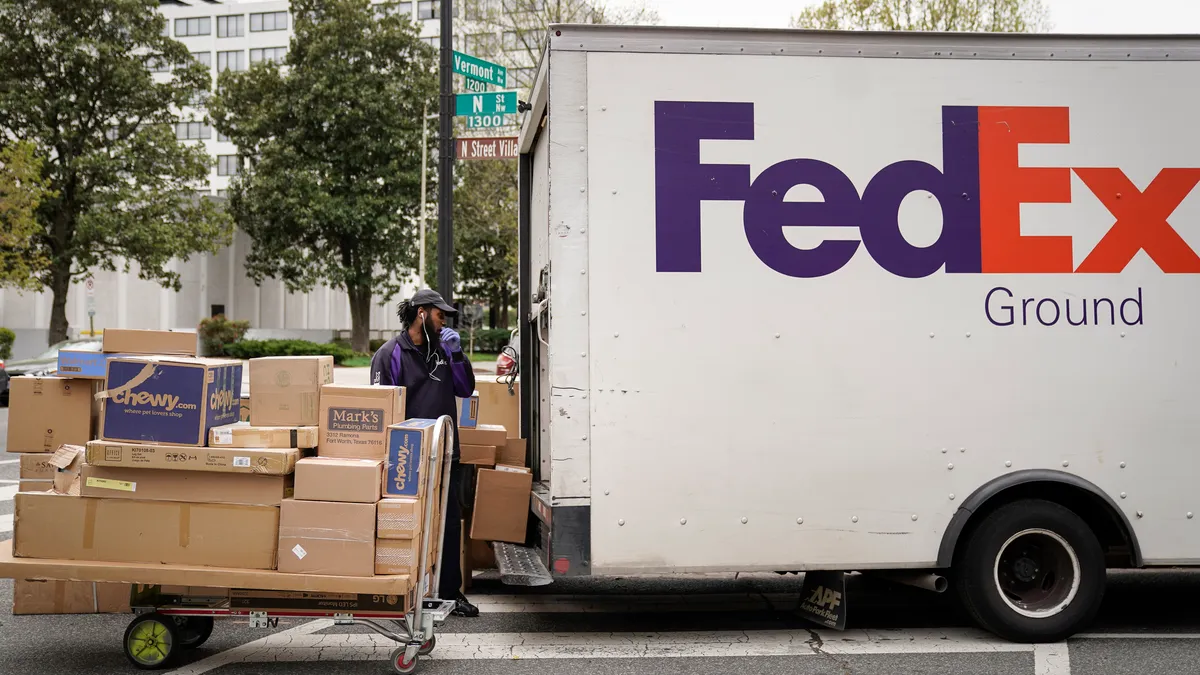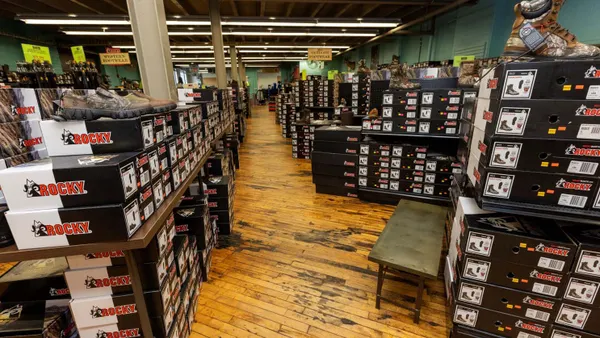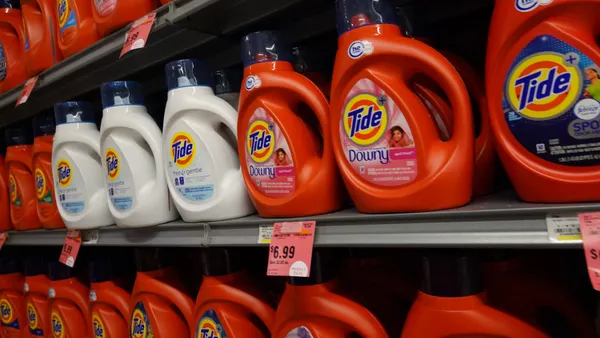Dive Brief:
- Roughly 40% of shippers tender/bid freight on a monthly basis, versus 30% of shippers who negotiate either every quarter or annually, according to a recent social media survey conducted by Xeneta.
- Based on current data, short-term contract prices for the East Asia-North Europe lane declined 24%, while the market low increased 11%. Xeneta notes carriers are successfully increasing short-term rates, and that 2017 may usher in higher freight rates, negating the low long-term contracts currently in place.
- Negotiations aren't always preferred, however, as failed negotiations may lead to a change in providers, which may cause further disruptions or unwanted changes in the supply chain.
Dive Insight:
Freight rates have been spotty at best throughout the year as major disruptions have caused both steep rises and declines in the spot and charter rates. Similarly, long-term rates have fluctuated as industry outlooks have changed.
Rates are usually determined by a variety of factors, including but not limited to volume guarantees, number of destinations reached, years of contract-length, frequency of use and size of the company. As many know, few contract rates are the same between two different clients and freight shipping is no different.
Given the shifts in the industry, where alliances will modify the number and frequency of use in shipping line's ports of call and carriers' total capacity and access, rates are most likely to rise when the alliances begin operations in the spring.
Yet many shipping lines were optimistic about 2016 at first, Hapag-Lloyd noted all but one of the top 15 lines had reported losses during the first six months of the year. Hapag-Lloyd also lowered its outlook significantly at that time. Meanwhile, Hanjin and other bankruptcies have highlighted industry wide problems.
Perhaps a renewed conversation on rates, given recent events is in order.












